Since 2018, the fourth phase of Rwanda’s Strategic Plan for Agricultural Transformation (PSTA 4) has been a cornerstone in the country’s push towards modernizing its agriculture sector. With a focus on increasing productivity and resilience, the plan introduced several initiatives aimed at improving yields and profitability.
Here’s a review of the progress made in the key aspects of PSTA 4 up to this point.
Advancements in Hydroponics and Greenhouse Farming
Under PSTA 4, the promotion of hydroponics and greenhouses has been a key focus. “These technologies have gained popularity in Rwanda for their ability to boost yields, conserve water, and provide controlled growing environments,” said Telesphore Ndabamenye from the Rwanda Agriculture and Animal Resources Development Board (RAB).
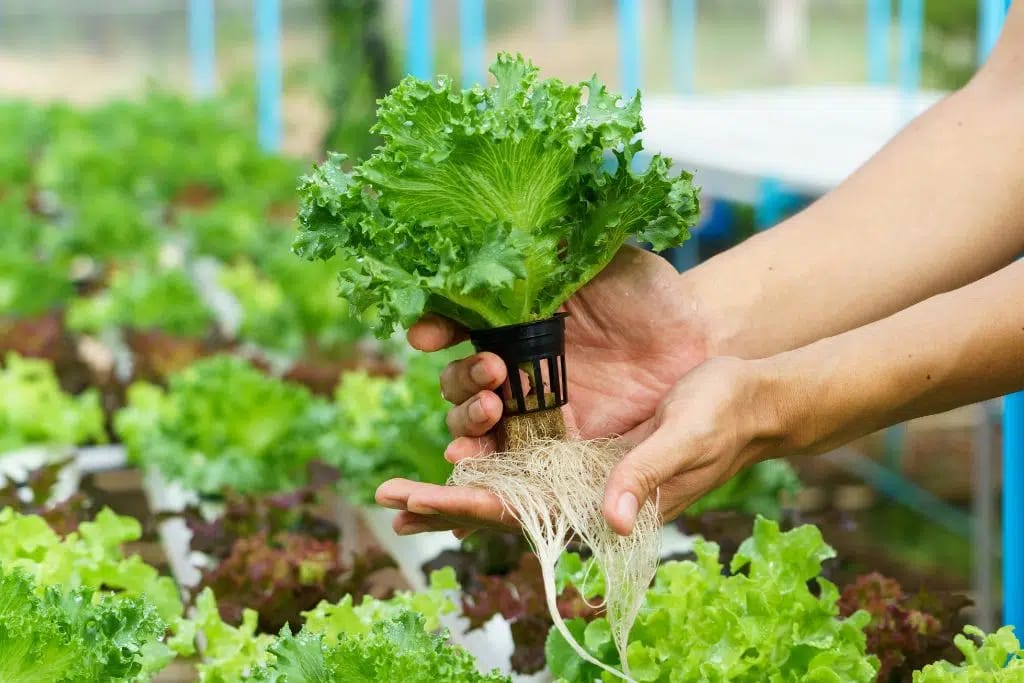
In a 2022 survey by RAB, there are 184 greenhouses across 21 districts, covering 4.2 hectares. The Eastern Province leads in greenhouse adoption with 2.18 hectares, followed by Kigali (0.72 hectares), Southern Province (0.64 hectares), Western Province (0.42 hectares), and Northern Province (0.32 hectares). Most greenhouses were established between 2018 and 2022, with the remainder built earlier. These facilities primarily grow high-value crops like sweet pepper, tomato, cucumber, and sweet melon.
Annociata Mukayuhi from Bugesera District has successfully used greenhouse farming to maintain a steady supply of vegetables year-round, despite weather challenges. “The greenhouse has increased my produce by 60 percent, helping me meet year-round demand,” she said.
Hydroponics, though less widespread, is growing in popularity with 18 systems supported by a UNDP pilot project. Claude Izimenyera in Rutsiro District has used hydroponics to improve feed efficiency for his 20,000 chickens, reducing costs by over Rwf50,000 monthly. “Despite the high initial setup costs, hydroponics offers a cost-effective solution for producing animal feed,” Izimenyera remarked.
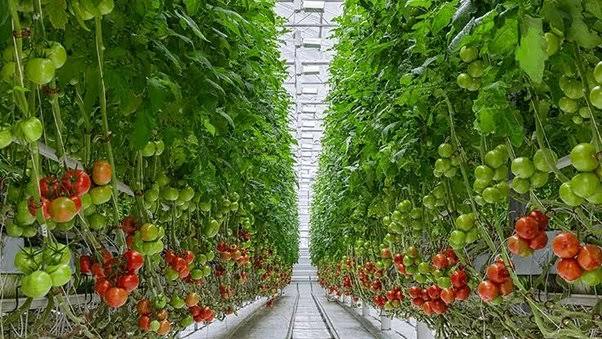
Small-Scale Irrigation and Vegetable Farming
Small-scale irrigation technologies, including kits for 1, 5, or 10 hectares with diesel or petrol pumps, pipes, treadle pumps, and dam sheets, have become crucial for enhancing agricultural productivity and managing seasonality issues. With climate challenges impacting rainfed farming, irrigation helps boost land and crop yields.
Between 2017 and 2024, irrigation expanded by 50%, from 48,508 hectares to 72,912 hectares, with small-scale irrigation increasing from 6,874 hectares to 19,326 hectares, now representing 27% of the total irrigated area. Besides traditional crops like rice and sugarcane, vegetables also benefit from these systems.
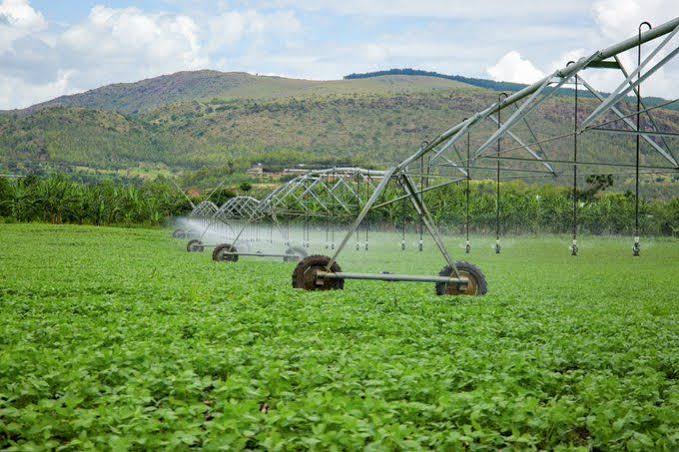
“These irrigation systems have facilitated year-round vegetable farming, leading to better availability of fresh produce and improved nutrition,” said Ndabamenye.
According to the 2022 census, 15% of Rwandan households grow vegetables, with Northern Province having the highest proportion at 22%. Commonly grown vegetables include amaranths (11%), cabbage (3%), eggplant (3%), tomato (2%), onion (2%), and carrot (2%). Jean Nepomuscene Gasana from Gatsibo District has effectively used irrigation on his nine-hectare sweet potato farm to maintain consistent harvests throughout the year.
“Irrigation has ensured reliable crop production even during dry periods,” Gasana remarked.
Advancements in Fisheries and Poultry
PSTA 4 has driven significant growth in the fisheries and poultry sectors. Investments in aquaculture have increased fish production from 31,465 tonnes in 2018 to 46,495 tonnes in 2023. Samuel Hakizimana, a fisherman at Lake Rweru, credits new practices like alternating fishing months and adding young fish for improved yields and sustainability.
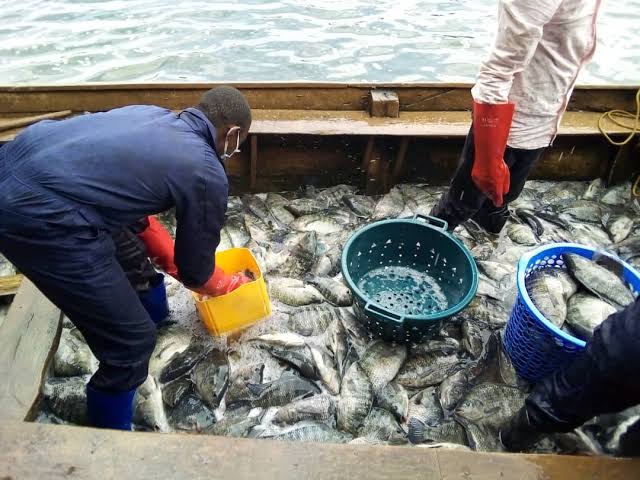
In poultry, numbers grew from 5.4 million chickens in 2018 to over 6 million by 2023. Daniel Ngendahayo, a Kigali-based farmer, has expanded his flock from 500 to over 2,000 chickens to meet rising demand, though he notes increased challenges with feeding.
Both sectors play a key role in diversifying Rwanda’s agricultural output and enhancing food security.

Strengthening Resilience Amidst Climate Challenges
To address climate change, PSTA 4 has focused on enhancing resilience through climate-smart approaches.
“The strategy includes innovative land management practices, such as advanced soil and watershed management in addition to traditional terracing. It also features improved weather forecasting and early warning systems to help farmers adapt to climate fluctuations,” stated Ndabamenye. According to RAB, the irrigated area expanded by approximately 50%, rising from 48,508 hectares in 2017 to 72,912 hectares in 2024.

The development of radical terraces grew by 29.3%, from 110,905 hectares in 2017 to 143,413 hectares, while progressive terraces increased by 11.4%, from 923,604 hectares to 1,029,150 hectares.
Under this resilience strategy, over 65 crop varieties, including maize, wheat, soybean, beans, Irish potatoes, and cassava, have been introduced to improve adaptability to climate challenges.
Land Management
Improvements in land management include a 33% increase in radical terraces and significant growth in progressive terraces. Consolidated land expanded by 22%, from 635,603 hectares to 773,320 hectares. Mechanized farming operations grew from 25% to 42%, with 21.7% of large-scale farmers using machinery. The use of inorganic fertilizers rose from 22% to 56%, with application rates increasing from 32 kg/ha to 70.3 kg/ha. Quality seed usage on large-scale sites climbed from 52% to 85.7%, while small-scale usage remains at 35.9%.
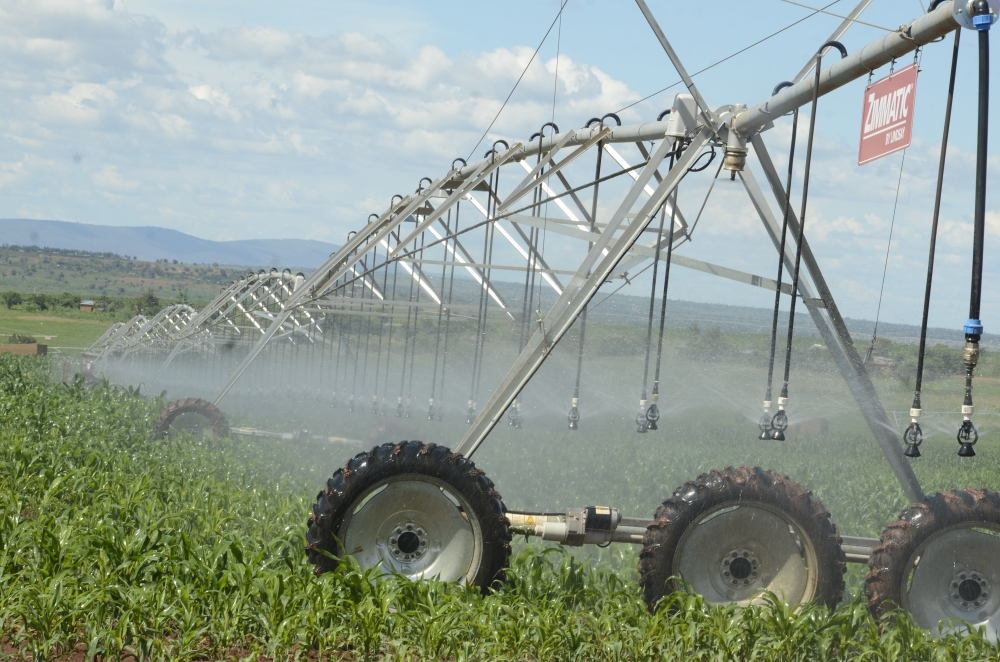
Innovation and Knowledge
PSTA 4 has driven agricultural progress through research and innovation. This includes introducing new crop varieties, implementing disease management strategies, and using ICT to enhance extension services, market access, and financial inclusion. Strengthening farmer organizations and developing skills have also supported modern farming practices and created rural job opportunities.
Food Security and Nutrition
Food security and nutrition improvements were key focuses, with food security rates rising from 71.3% in 2018 to 79.4% in 2021 and stunting rates decreasing from 34.9% to 32.4%. Poverty also decreased from 58.9% in 2001 to 38.2% in 2017. By 2022-2023, 79.4% of households were food secure.
Increasing Exports
Commodity production saw notable increases from 2017 to 2023: maize up by 42%, milk by 30%, and fish by 62%. Export revenues grew by 33.7% to $857.2 million in 2022-2023, largely due to higher international prices for tea, coffee, and pyrethrum. Coffee revenue alone rose by 53% to nearly $116 million.
Strengthening Markets and Value Chains

PSTA 4 emphasized market development and value chain efficiency, focusing on attracting private investment, enhancing market-oriented production, and reducing post-harvest losses. These efforts are expected to drive economic growth and improve livelihoods by better linking production with end-markets.


